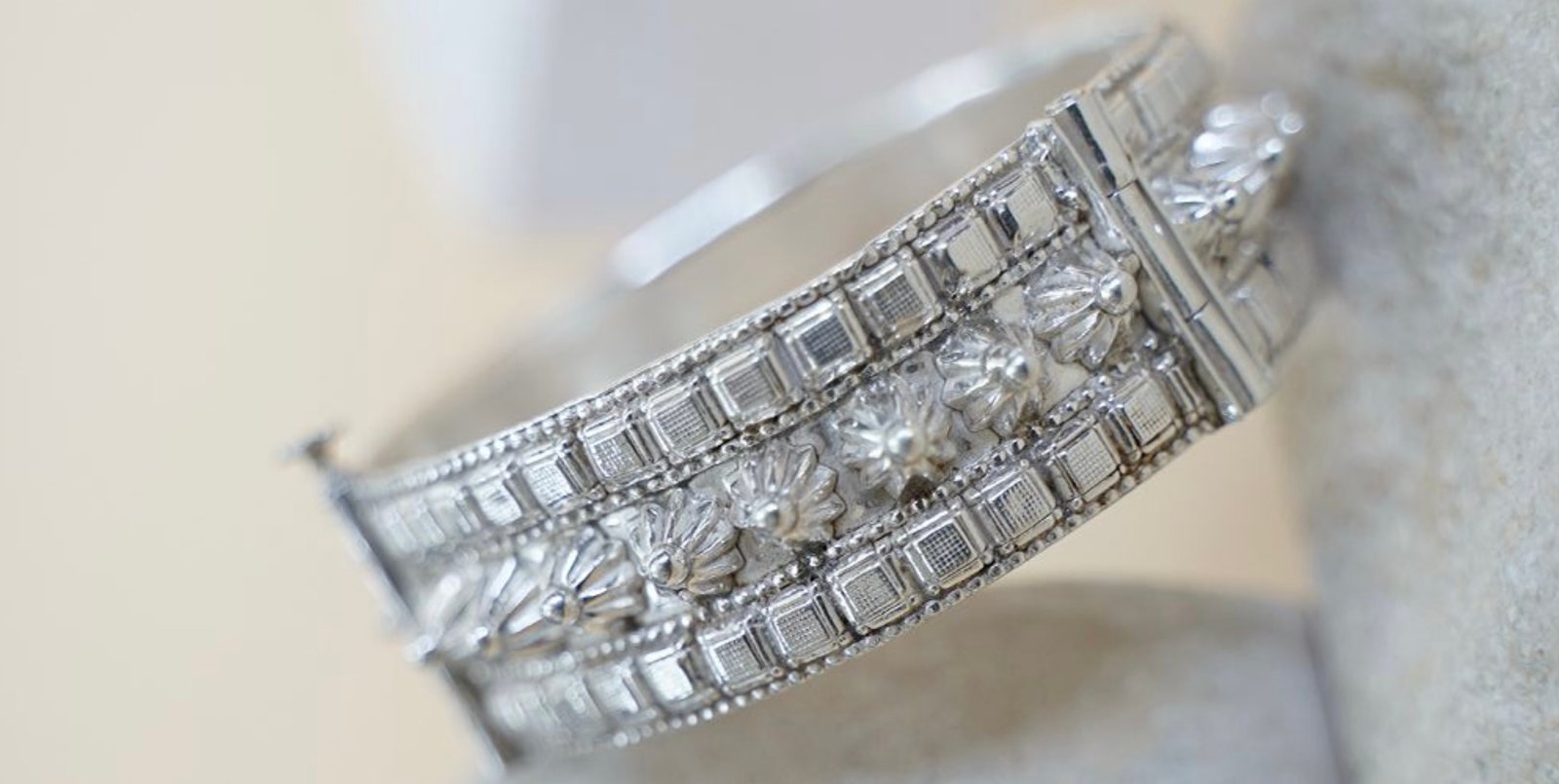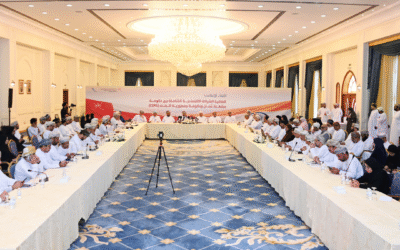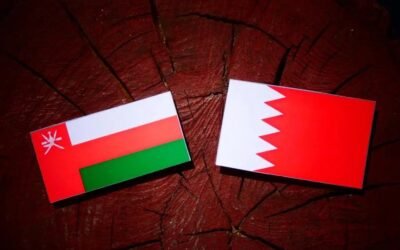Omani jewelry is more than ornamentation; it is a living testament to the Sultanate’s heritage, artistry, and identity. For generations, Omani silversmiths have transformed silver and gold into symbols of resilience and cultural pride, reflecting Oman’s trade history and commitment to preserving craftsmanship.
Silver: The Heart of Omani Jewelry
Silver has long been the backbone of Omani jewelry, valued for its purity and cultural significance. It carries protective symbolism while enabling the intricate, bold designs that have become hallmarks of Omani craftsmanship.
Gold: Elevating Tradition
While silver dominates, gold plays a vital complementary role in Omani jewelry, adding warmth and refinement without overshadowing authenticity. Gold is used as accent work within silver frameworks, representing blessings and status during weddings and special occasions.
Types of Omani Jewelry
Omani jewelry encompasses a diverse range of pieces, each carrying deep cultural significance:
- Khanjar Decorations: The Omani dagger, adorned with intricate silver and gold work, reflects heritage and status.
- Necklaces (Habat, Marriyah): Heavy silver necklaces adorned with coral, amber, and gold highlights, worn during festivals and weddings.
- Bracelets and Anklets: Silver cuffs and anklets, often inlaid with gold or semi-precious stones, traditionally worn for beauty and protection.
- Headpieces and Hairpieces: Omani women traditionally wear silver and gold hairpieces, often decorated with coins and tassels, reflecting elegance and social status, particularly in weddings and ceremonies.
- Earrings and Nose Rings: Ranging from simple silver studs to elaborate dangling designs with gold accents.
- Belts: Silver belts with geometric engravings and occasional gold inlay, worn during traditional celebrations.
These pieces serve not only as adornment but as markers of heritage, protection, and personal milestones across generations.
How Omani Jewelry Stands Out in the Gulf
While many Gulf (Khaliji) countries emphasize gold jewelry for adornment and investment, Omani jewelry is distinguished by:
- ✅ Silver-Centric Craftsmanship: Oman prioritizes heavy, handcrafted silver pieces, maintaining accessibility and deep cultural symbolism.
- ✅ Artisanal Techniques: Engraving, filigree, granulation, and repoussé with tribal motifs, coins, coral, and amber ensure every piece is unique.
- ✅ Functional Symbolism: Jewelry often serves protective and cultural roles—such as marital status or national identity—beyond aesthetics.
- ✅ Heirloom Value: Designed to be passed down, preserving family stories and tribal heritage.
- ✅ Global Heritage Appeal: Culturally rooted, meaningful jewelry that resonates with global audiences seeking authenticity.
Craftsmanship Rooted in Purpose
Every element in Omani jewelry is intentional. Motifs believed to protect against the evil eye, combined with coral and amber beads for healing and blessings, transform each piece into a functional artifact of cultural pride.
Evolving for Modern Markets
Today, Omani designers are reimagining traditional jewelry with contemporary aesthetics, blending handcrafted silver with refined gold accents for global markets while maintaining cultural authenticity. This approach ensures Omani jewelry remains relevant while preserving its unique heritage.
A Strategic Cultural Asset
Omani jewelry is not just a craft; it is a strategic cultural and economic asset that strengthens national identity while creating sustainable opportunities through heritage tourism, artisan empowerment, and global creative industries.
Omani jewelry is not simply worn; it is carried across generations as a living symbol of artistry, resilience, and cultural pride. It reflects how Oman honors its rich past while confidently shaping its future, with each silver and gold piece narrating a story of heritage that stands distinct within the Gulf region.
Atefa Saleh al Maskari is a dynamic businesswoman and writer recognized for her innovative approach to entrepreneurship and impactful literary contributions. She inspires others through her exploration of resilience and empowerment, reflecting her commitment to growth in both business and literature.




